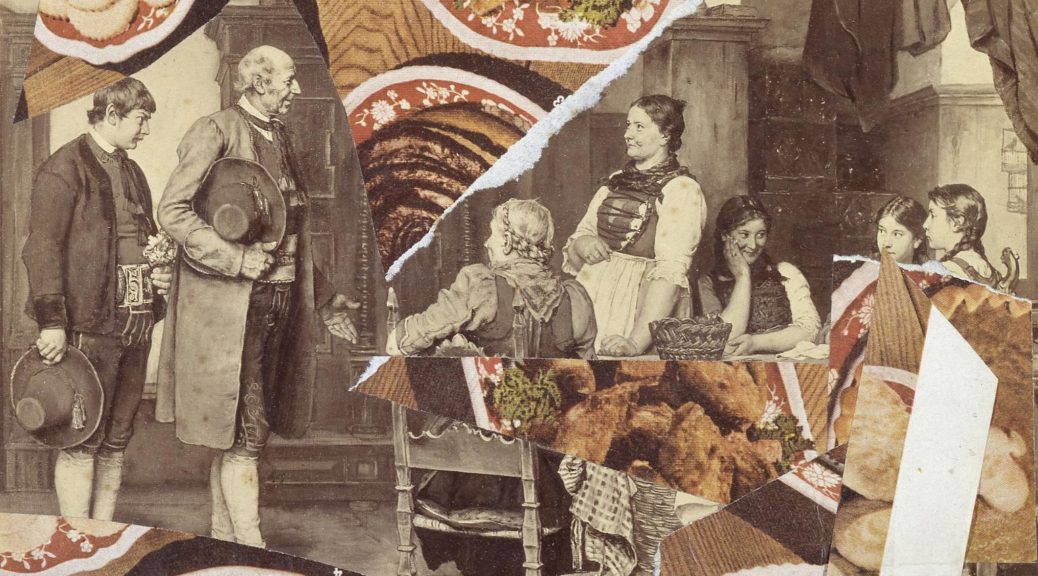Part 7: Larry Rivers (1923-2002)
When we were discussing Pauline Boty in Part 6 of the Doctor's Dozen on the Serendipitous Compendium, I suggested that it was high time we travelled from London back across the Atlantic to the US to find out about another artist who is considered by many scholars to be the "Godfather" and "Grandfather" of Pop art: … Continue Reading ››





